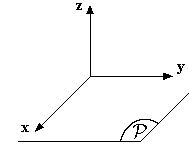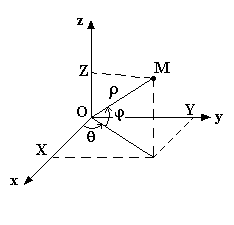


 Ephemeris trail
Ephemeris trail
 Reference frames
Reference frames
| JEphem Presentation Ephemeris SkyMap Curve Date search Informatic Library Download Glossary About | |



|
JEphem
 Ephemeris trail
Ephemeris trail
 Reference frames
Reference frames
|
|
|
Reference frames |
|
To be useful, the coordinates given by the theories must be transformed and expressed in different coordinate systems. We'll see how to deal with that.
|





|

|